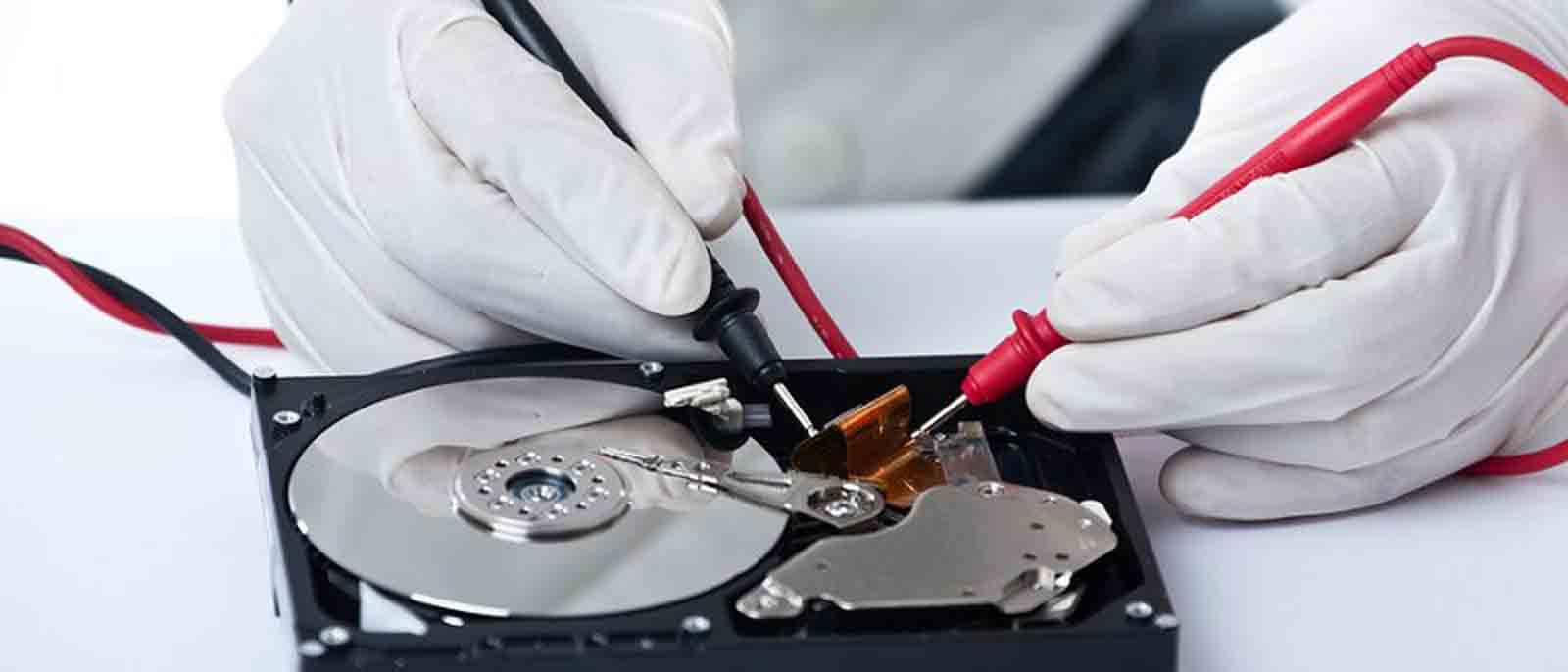Monocrystalline Solar Panels: The Gold Standard
Monocrystalline solar panels are often considered the most efficient option available today. These panels are made from a single, pure crystal structure, which allows electrons to flow more freely and efficiently. As a result, monocrystalline panels typically have efficiency rates between 17% and 22%. Their high efficiency makes them ideal for homes with limited roof space or for homeowners who want to maximize their energy output. Although they tend to be more expensive upfront, the long-term energy savings can justify the initial investment.
The Emergence of Polycrystalline Panels
Polycrystalline solar panels, made from multiple silicon crystals, offer a more affordable alternative to monocrystalline panels. While they are slightly less efficient, with rates ranging from 15% to 17%, they still provide a solid performance for homeowners looking to adopt solar energy without breaking the bank. Polycrystalline panels are recognizable by their bluish hue and speckled appearance. These panels are a good choice for those with ample roof space, as you may need more panels to achieve the same energy output as monocrystalline panels.
Thin-Film Solar Panels: A Flexible Solution
Thin-film solar panels represent a different approach to solar technology. These panels are made by depositing photovoltaic material onto a substrate, resulting in a flexible, lightweight panel. While thin-film panels are generally less efficient—around 10% to 12%—their flexibility makes them suitable for a variety of applications, including curved surfaces and portable installations. They are also less affected by high temperatures, which can reduce the efficiency of other panel types. Thin-film panels may be a viable option for homeowners in areas with extreme weather conditions or for those looking for versatile installation options.
High-Efficiency Solar Panels: Breaking the Mold
In recent years, several manufacturers have pushed the boundaries of solar technology, developing high-efficiency panels that surpass traditional efficiency limits. Brands like SunPower and LG have introduced panels with efficiency rates exceeding 22%, making them some of the most efficient options on the market. These panels often incorporate advanced cell technology, such as PERC (Passivated Emitter Rear Cell) or bifacial designs, which allow them to capture more sunlight and generate more electricity. While these high-efficiency panels come with a premium price tag, they are ideal for homeowners who want to maximize their energy production in a limited space.
The Role of Inverters in Solar Efficiency
While the efficiency of solar panels is crucial, it’s also important to consider the role of inverters in the overall efficiency of a solar energy system. Inverters convert the direct current (DC) produced by solar panels into alternating current (AC), which is used by most household appliances. The efficiency of this conversion process can impact the overall performance of your solar system. Modern inverters, such as microinverters or power optimizers, are designed to minimize energy loss during conversion, ensuring that you get the most out of your solar panels. Investing in a high-quality inverter can significantly enhance the efficiency of your home’s solar energy system.
Understanding Solar Panel Warranties and Lifespan
When choosing solar panels for your home, it’s essential to consider the warranty and expected lifespan of the panels. Most solar panels come with a performance warranty that guarantees a certain level of efficiency over a specified period, typically 25 years. High-efficiency panels often come with more robust warranties, reflecting the manufacturer’s confidence in their longevity and performance. Additionally, the materials and construction of the panels can influence their durability and resistance to environmental factors, such as hail or high winds. Investing in panels with a strong warranty and a proven track record of durability can provide peace of mind and ensure a long-term return on your investment.
Balancing Cost and Efficiency
While it’s tempting to go for the highest efficiency solar panels, it’s important to balance efficiency with cost. For many homeowners, the most efficient panels may not be the most cost-effective option, especially if they require a significant upfront investment. Instead, consider your energy needs, roof space, and budget when selecting solar panels. In some cases, a slightly less efficient panel that is more affordable may still provide substantial energy savings over time. Conducting a cost-benefit analysis can help you determine the best option for your home, ensuring that you get the most value from your solar investment.






